
Guide to Color Psychology In Marketing + Best Hex Chart
Mixing Secondary Colors. At its most basic, color theory tells us that if we mix equal parts of two primary colors—blue, red, and yellow—we will create either green, orange, or purple. This is the foundation for the color wheel and a lesson that is often taught in elementary art classes. Blue and yellow make green. Yellow and red make orange.

Primary and Secondary Colors
A secondary color is a color made by mixing of two primary colors in a given color space . Additive secondaries Light (RGB) For the human eye, good primary colors of light are red, green, and blue. Combining lights of these colors produces a large range of visible colors.

Color Theory And How To Use Color To Your Advantage Decor10 Blog
This Primary Colour Mixing Chart is perfect for your lessons on secondary and tertiary colours. It clearly shows how each secondary and tertiary colour is made up of the primary colours in an easy-to-read format. It also features the names of each colour, helping children to feel more comfortable with the vocabulary of colour.

the color chart for secondary primary school colors
Red, blue, and yellow make up the three primary colors. Using combinations of these colors can result in a massive range of additional colors. You also need primary colors as you cannot mix them yourself. While this is pretty straightforward, there are many different shades of each primary color available.

Analogous colors, secondary Color, complementary Colors, primary Color, color Theory, color
Secondary colors are made by mixing equal parts of two primary colors. They're called secondary colors because they're more closely related to the primary colors than any other set of colors - they're derived directly and exclusively from the primary colors.
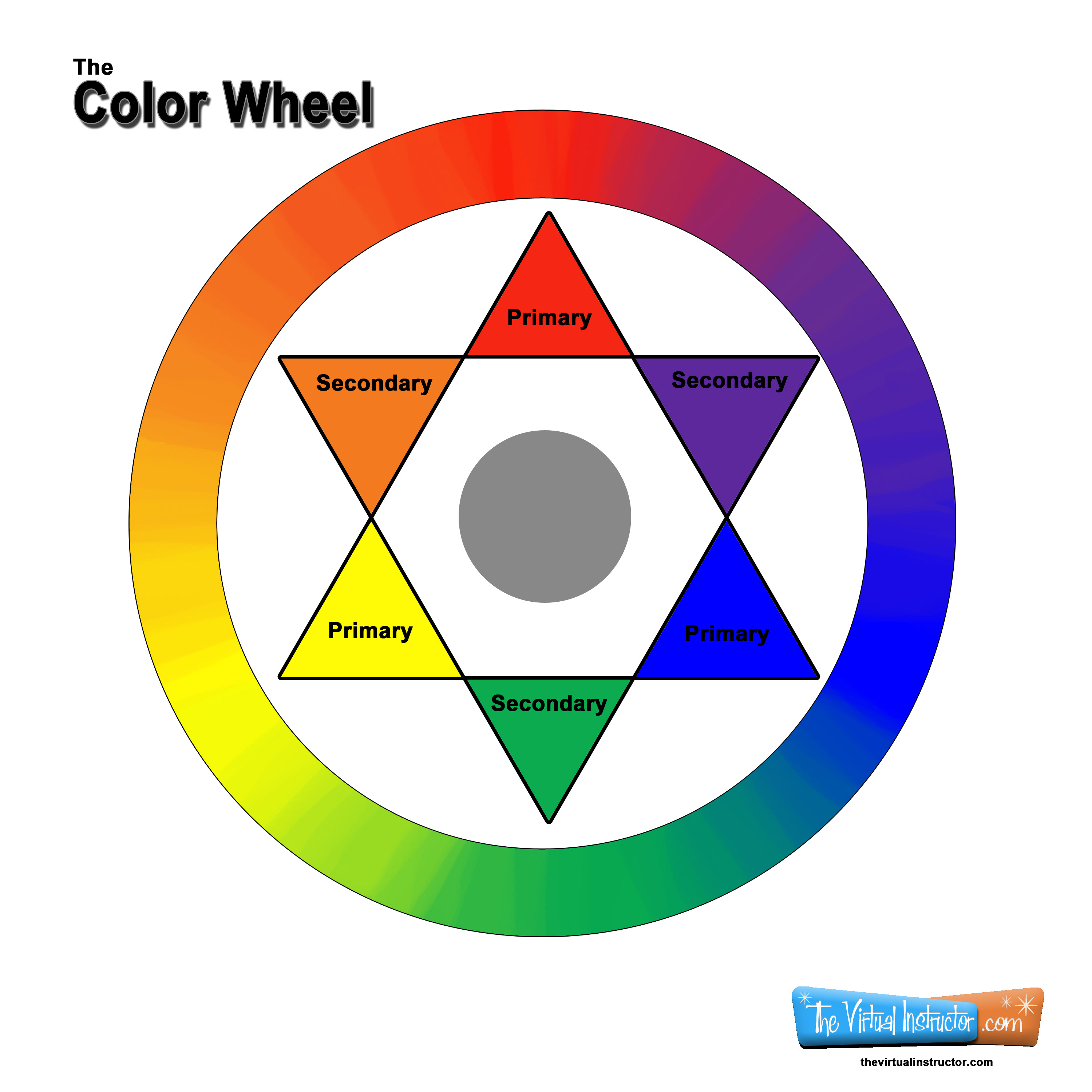
Color Wheel Chart for Teachers and Students
Secondary colors are created by combining two of the primary colors. In the art world, where pigments are the medium, blue and yellow are combined to make green. Blue and red are combined to make purple. Lastly, yellow and red make orange. Green, purple and orange are all secondary colors in this case.

Educational Toys Primary Colours wheel Secondary Colour mixing understanding colour Tertiary
Primary, secondary and tertiary colors. There are 12 main colors on the color wheel. In the RGB color wheel, these hues are red, orange, yellow, chartreuse green, green, spring green, cyan, azure, blue, violet, magenta and rose. The color wheel can be divided into primary, secondary and tertiary colors.
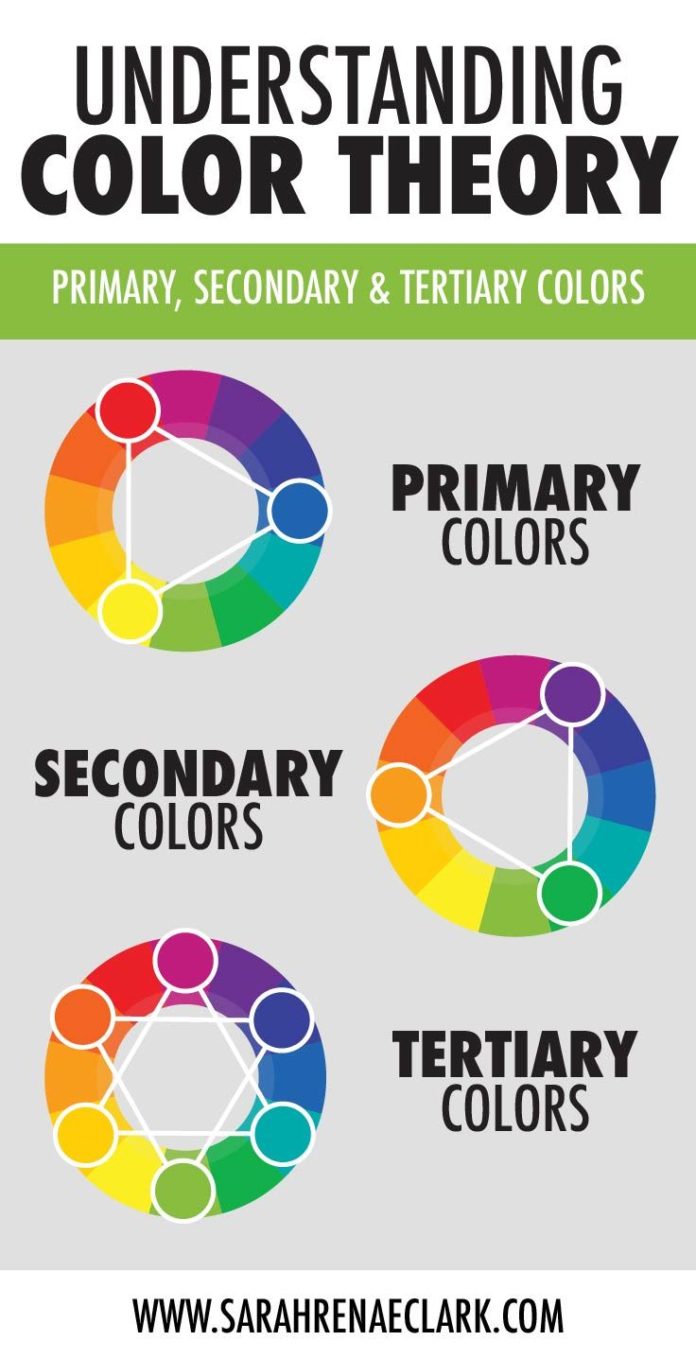
Psychology Learn about the color wheel, primary colors, secondary colors, tertiary colors a
RECEPTION Learn about primary colours and mixing secondary colours in this BBC Bitesize Reception video.

Decorating with Color 101 Darling Doodles Color wheel, Color, Color theory
You get a secondary color by mixing two primary colors. As you're taught about color theory, you'll learn that you should use equal parts of the primary colors in order to succeed at getting the secondary colors. Things can change drastically if you add too much or too little of one color, and by then, you aren't left with a true secondary color.
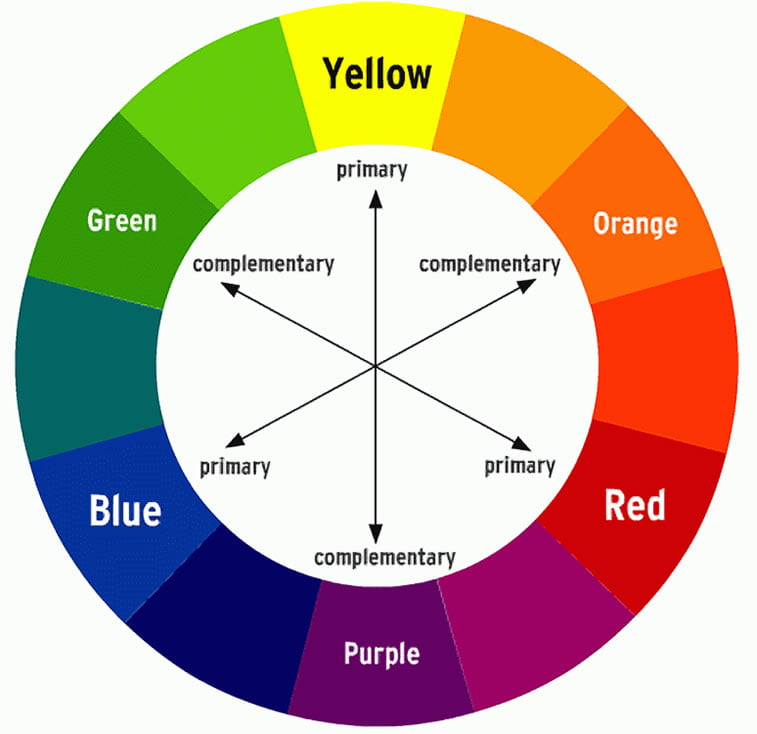
Color theory in design meaning and understanding of color
Secondary colours are made by mixing equal amounts of primary colours together: Blue and red mixed together make purple Yellow and red mixed together make orange Blue and yellow mixed together.
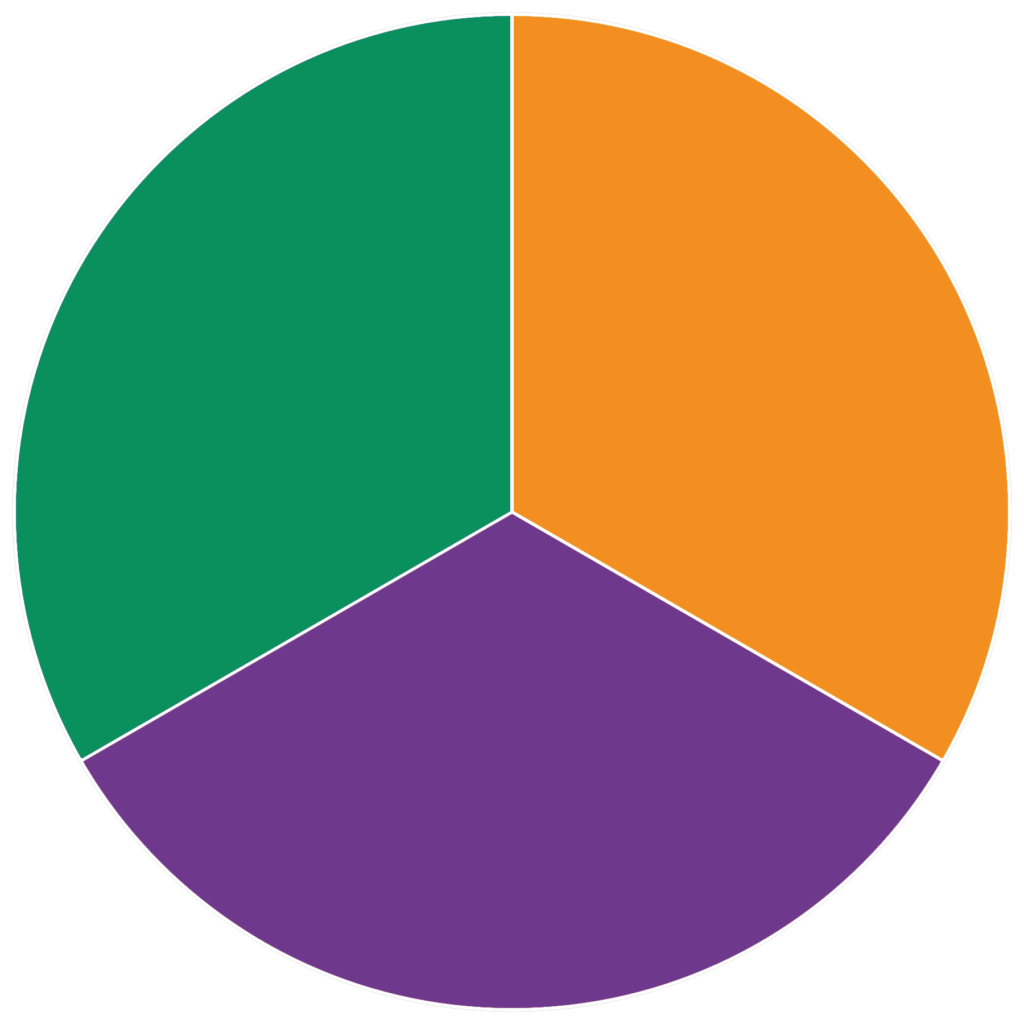
An Introduction to Colour Theory Base Creative
The colors include primary colors (red, yellow, and blue), secondary colors (orange, green, and violet), and tertiary colors (yellow green, blue green, blue violet, red violet, red orange, and yellow orange).Secondary colors are created by mixing primary colors.

Learning about primary colours Kidspot
The secondary colours are in between the primary colours - for example - between red and blue is purple. Quite simply, mixing the primary colours of red and blue paint together will produce the secondary colour purple.

Secondary colors. 12hour RYB color wheel with 1 shade, tone and tint for each hue. Warm/cool
The basis of creating secondary colors for the artist using paint pigments is to start with the three primary colors red, yellow, and blue first. For example, you take two of the primary colors like blue and yellow then combine them to create the color green. To create purple, you blend red and blue, or to create orange, you blend red and yellow.
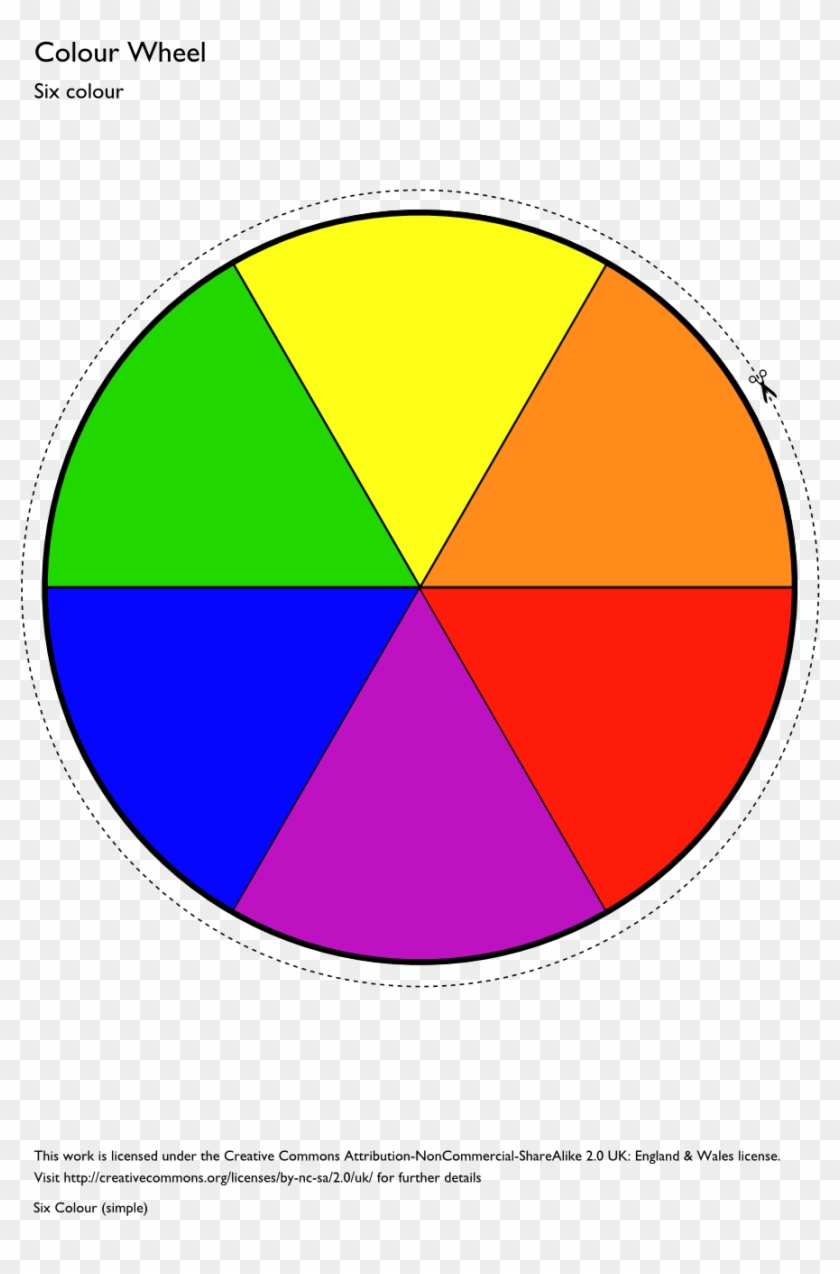
each Secondary Colour Is Made By The Two Primary Colours Simple Color Wheel Chart, HD Png
Secondary colours: These are colour combinations created by the equal mixture of two primary colours. On the colour wheel, secondary colours are located between primary colours. According to the traditional colour wheel, red and yellow make orange, red and blue make purple and blue and yellow make green. If using an RGB colour wheel, there's.

Color Wheel The Secrets of Color Theory and Complementary Colors Colour wheel theory, Color
Secondary colors: These are color combinations created by the equal mixture of two primary colors. On the color wheel, secondary colors are located between primary colors. According to the traditional color wheel, red and yellow make orange, red and blue make purple, and blue and yellow make green.

Basic Colour Theory Weil
Intermediate colors are formed when a secondary color is mixed with a primary color that is located next to each other on the color wheel. Intermediary colors always come with the primary color first, followed by your secondary color.. Color charts can be created for any medium, including watercolors, oil paints, acrylics, and pastels. To.